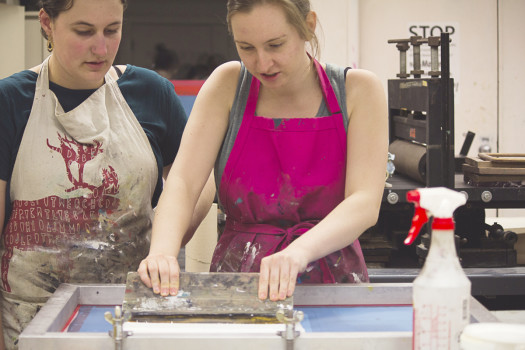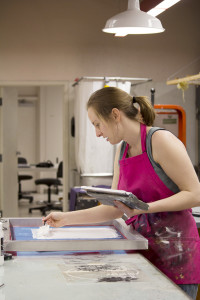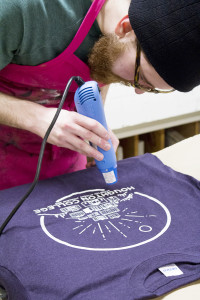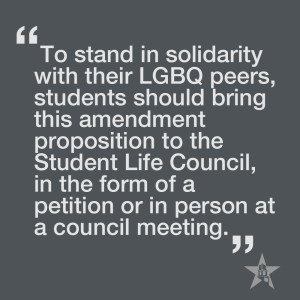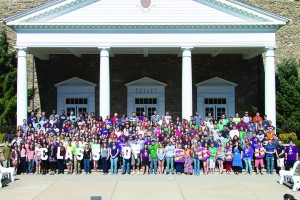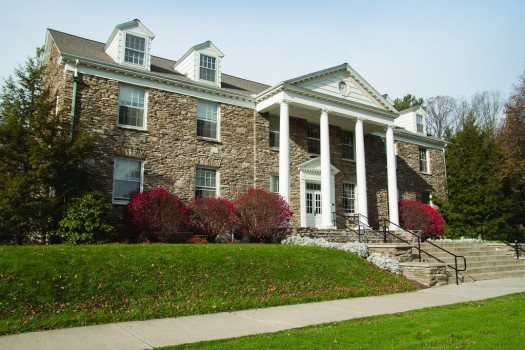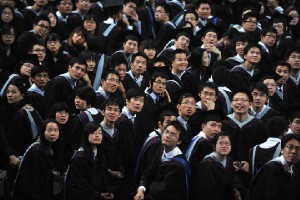Featuring The City Harmonic, Houghton College, will host its first Accepted Students Weekend, allowing prospective students to experience Houghton before many of them make their final decision.
The weekend, beginning on Thursday, March 19 and will conclude Saturday, March 21. Friday, March 20 at 8 p.m. in the Wesley Chapel, Houghton will welcome multi-award winning rock and worship group, The City Harmonic, with special guest and recent Houghton graduate, Taylor Wilding ‘14. The performance will take place as a stop on their nationwide tour. Friday, March 20 at 8 p.m. in the Wesley Chapel.
The Admission Office has put together a weekend “geared toward providing accepted students an opportunity to visit campus, meet other potential classmates, and interact with faculty and staff,” said senior admission counselor, Zina Teague. Accepted students will arrive on Thursday evening and will stay through the weekend, leaving Saturday morning.
 Each accepted student will have the chance to stay overnight with current Houghton students, view a movie in the Kerr-Pegula Athletic Complex, and attend The City Harmonic concert. Following the concert there will be an after party in the Center for the Arts building and all current and prospective students are welcome. Teague said of the accepted students, “Overall, we want them to have a chance to experience what it’s like to be a Houghton College student.”
Each accepted student will have the chance to stay overnight with current Houghton students, view a movie in the Kerr-Pegula Athletic Complex, and attend The City Harmonic concert. Following the concert there will be an after party in the Center for the Arts building and all current and prospective students are welcome. Teague said of the accepted students, “Overall, we want them to have a chance to experience what it’s like to be a Houghton College student.”
Houghton offers many Visit Days or Opportunity Days for prospective students to have a tour of the campus, attend classes, and meet other current and prospective students. However, this Accepted Students Weekend offers high school and transfer students the opportunity to spend a weekend on Houghton’s campus, while attending events to make their stay more memorable.
Accepted Students Weekend is unique to other Visit or Opportunity Days because it offers accepted and current students the chance to attend The City Harmonic concert. According to Housing Liaison and Resident Director of Lambein, Krista Maroni, the concert is helpful due to a lack of activities during overnight visits. Maroni said, “I’ve found that hosts often struggle to find creative activities to share with their visitors. The concert provides an easy way for current and prospective students to share an experience and connect. Ideally the concert and the after party can be a jumping point for future connections.”
Maroni also mentioned how the concert will leave accepted students with a “lasting memory of their visit”. In past years, Houghton has hosted bands such as Jars of Clay and Sanctus Real, so The City Harmonic will add to Houghton’s repertoire of award-winning performers. Having The City Harmonic perform during Accepted Students Weekend enables accepted students to engage in an energetic, exciting weekend that is different from the typical weekend here at Houghton. Maroni stated “Prospective students are vital to Houghton’s future and the culture we want to create; this concert is an expression of that value.”

